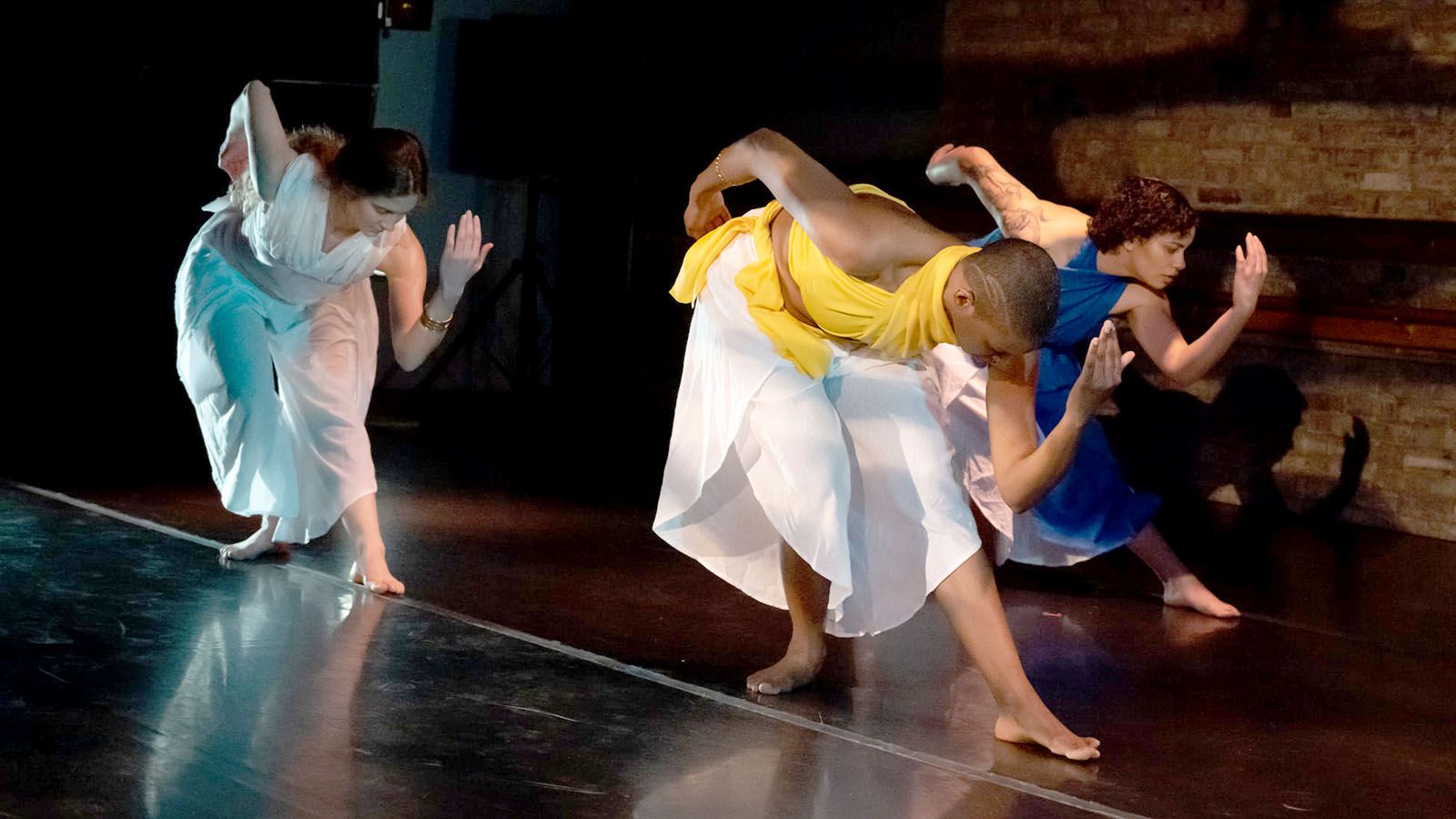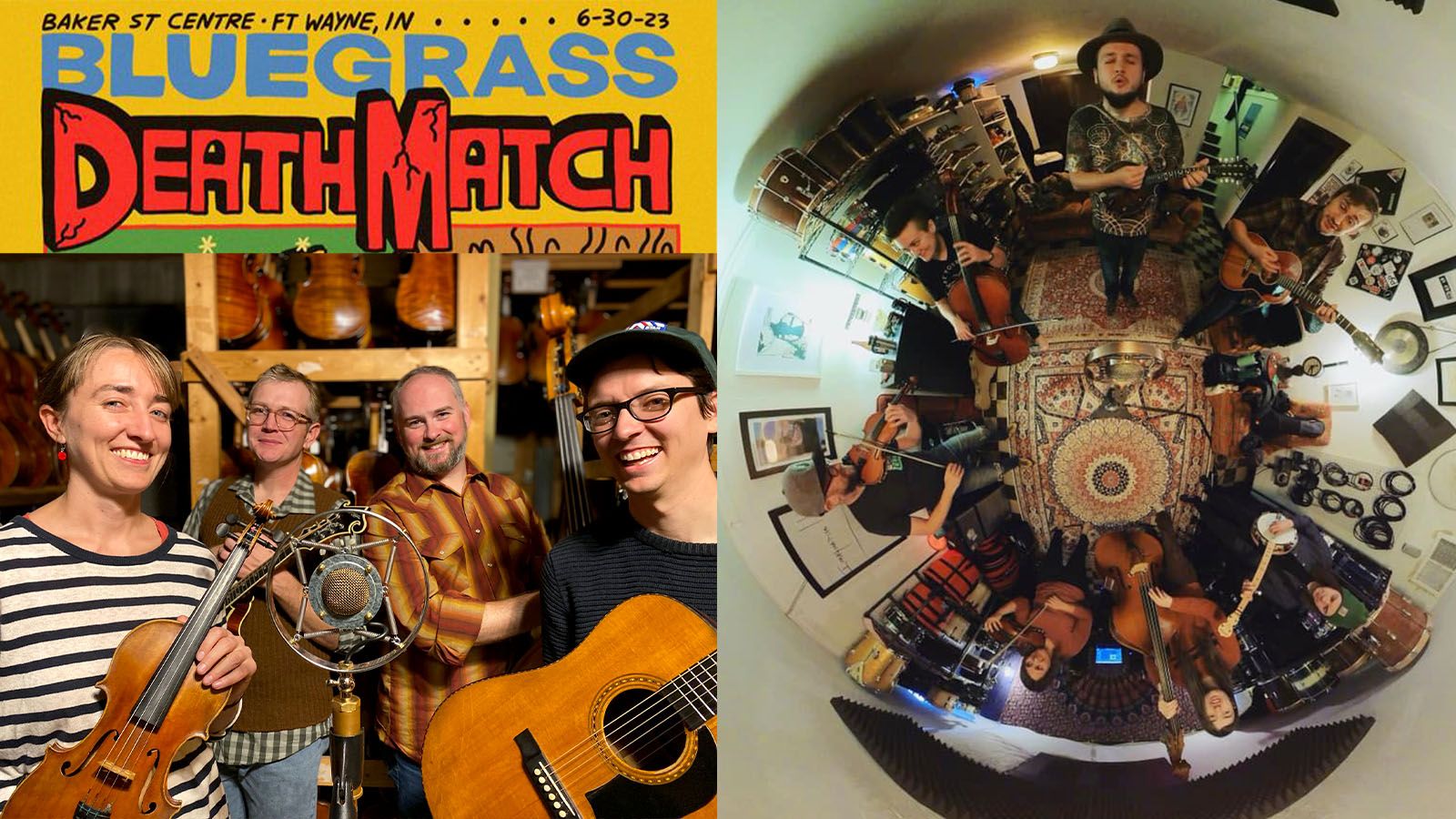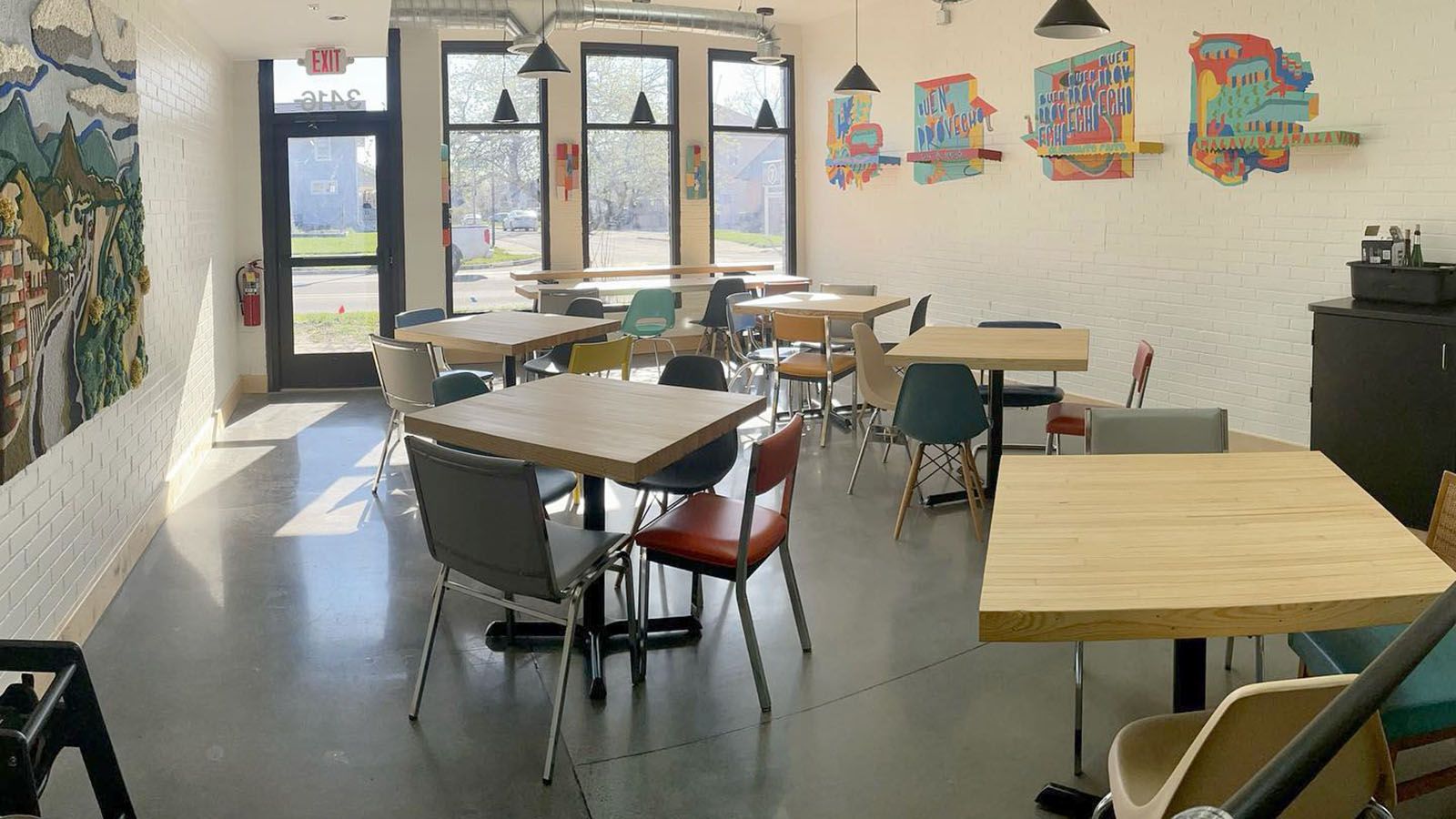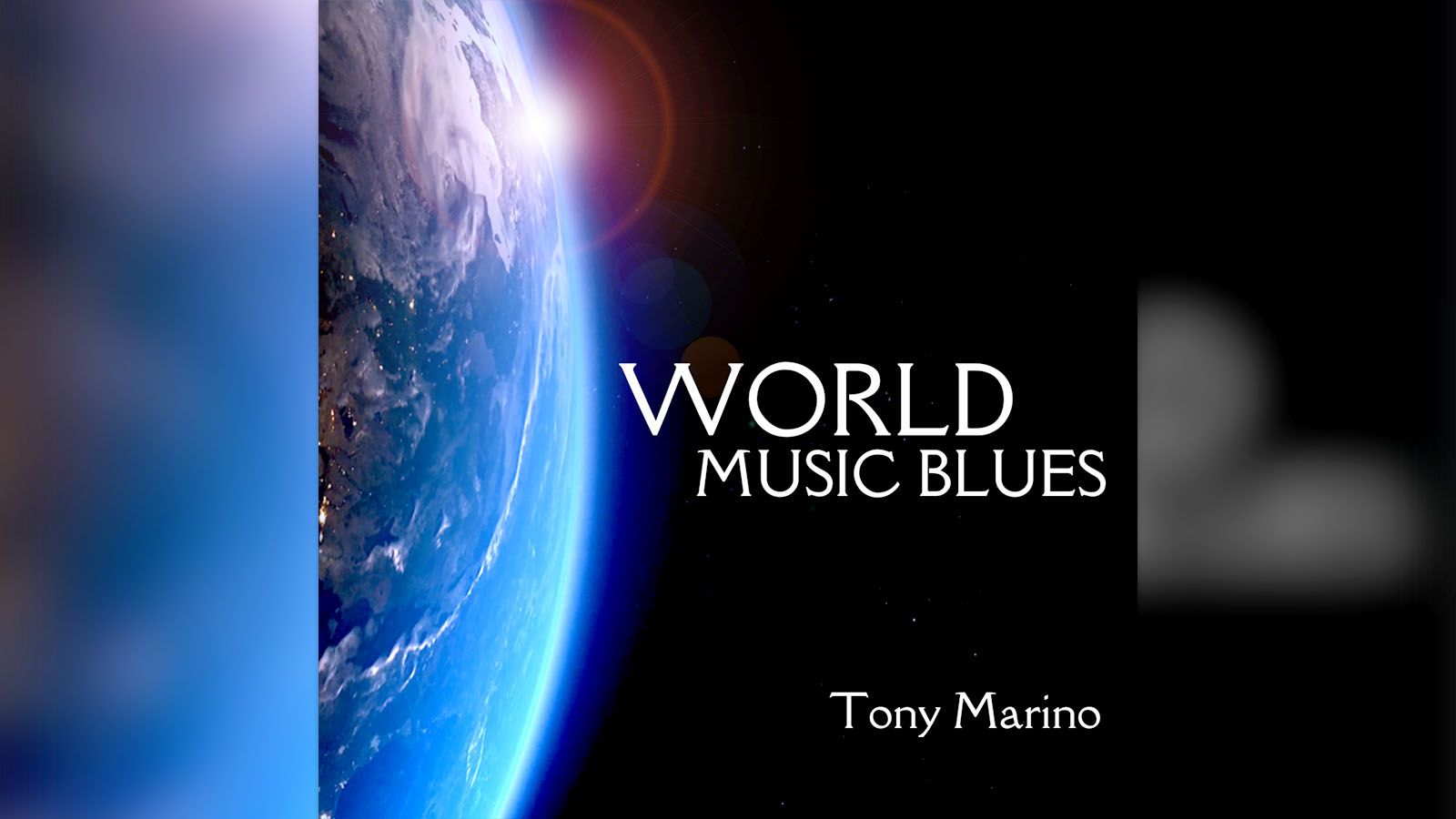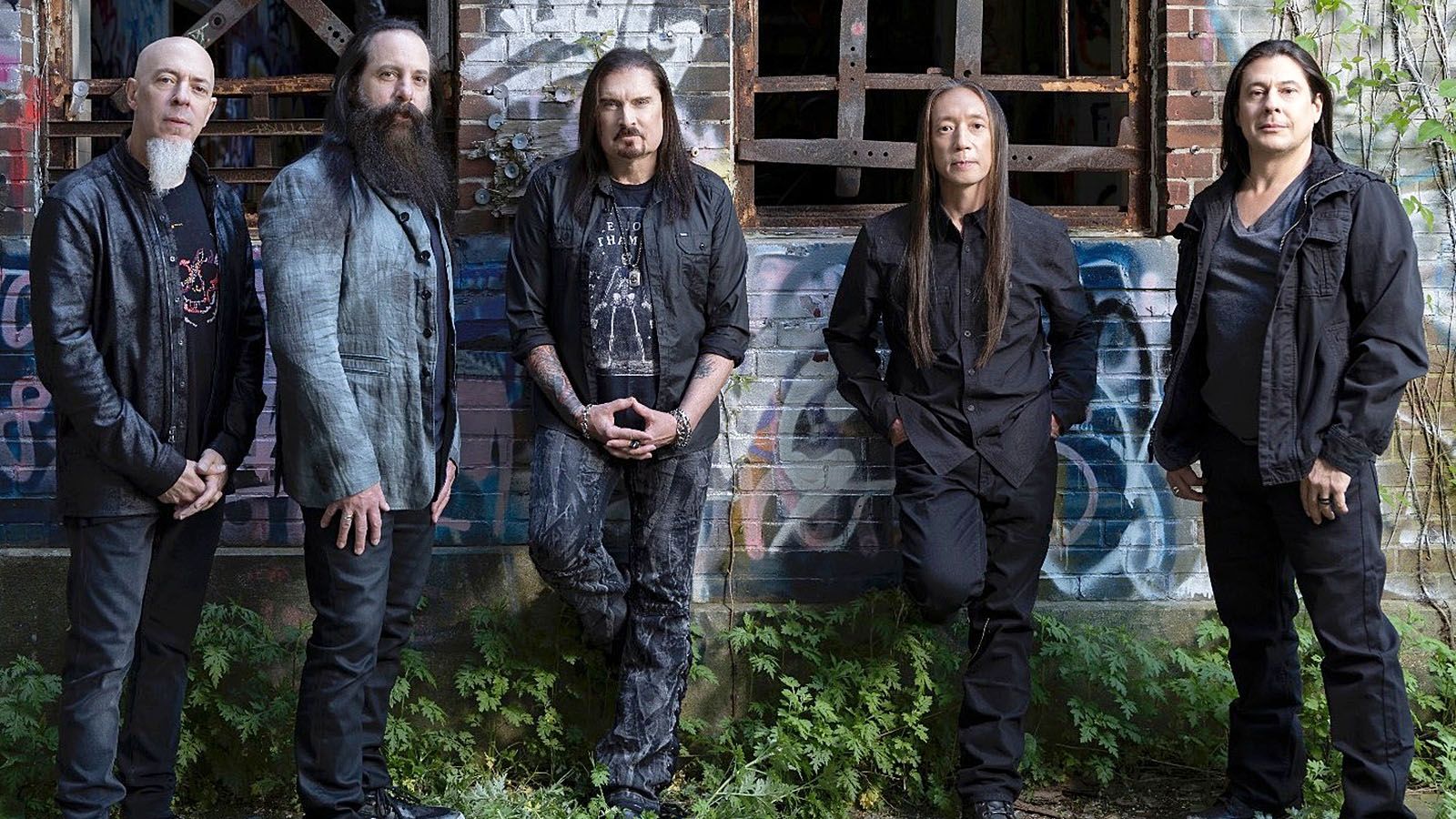Fort Wayne Dance Collective’s Choreographer’s Lab does not involve any mad scientists or chemical concoctions, but there will be plenty of experimentation.
According to its website, “FWDC’s annual Choreographer’s Lab is a workshop-style intensive that gives professional, creative, and technical support to local choreographers. Participating artists are provided with tools to aid them in the choreographic process including rehearsal space, dancers to work with, and the opportunity to work with professional technical designers.”
The lab will culminate with performances by different casts on Saturday, April 29, and Sunday, April 30, where choreographers will show the audience the results of their exploratory processes.
“We divided the casting like this in order to make the show digestible for the audience,” Artistic Director Mandie Kolkman said in an interview with Whatzup.
Chosen few
Choreographer’s Lab has been held annually the past 35 years.
“It was a program that started organically,” Kolkman said. “Eventually, it grew and became a more formal program.”
The lab is a 10-week process that is guided by FWDC’s artistic staff, including Kolkman and Program Director Ashley Benninghoff.
According to the FWDC website, “The artists who have participated in this year’s lab consist of both veteran and emerging choreographers, as well as members of our professional company and Pineapple Dance Project, FWDC’s youth company. Artists were given rehearsal space, dancers to work with, and the opportunity to work with a professional lighting designer in order to create a fully conceptualized dance piece!”
This year, there are 33 choreographers, all of whom reside in the Fort Wayne area. The lab is a unique opportunity for these performing artists to gather in one place.
Admission to this program is competitive and requires choreographers to complete an application process.
“It’s similar to a job application,” Kolkman said. “We take this very seriously. If we accept a choreographer, it means they stood out to us.”
To apply, choreographers must describe the concept they wish to explore. The artists are also required to list references who can speak to the quality of their work if they have previously choreographed.
“We like to see a fleshed-out concept,” Kolkman said. “We want artists who are invested from the start.”
The number of applicants has increased every year that this program has been held.
Necessary Space
The lab gives choreographers something that all dancers need: space.
“Choreographers don’t always have the space they need to create a piece,” Kolkman said, referring to physical and creative space.
Physically, dancers need large rooms with quality dance floors to make sure they don’t get injured.
Creatively, choreographers are rarely given the blank slate this program offers. Often, there are parameters they must work within which can limit their ability to explore beyond those boundaries.
“We really want choreographers to experience the beauty of being unrestricted,” Kolkman said.
The program also helps choreographers find dancers, which can be challenging if the choreographers are new to an area. Kolkman said it can be especially helpful for those who are trying to get their foot in the door of the Fort Wayne arts community.
Experimentation
FWDC encourages choreographers to use the lab as an opportunity to explore more obscure or unconventional ideas than they would for a regular performance.
“It’s more about trial and error,” Kolkman said. “The audience is on the ride with us as we explore.”
Last year, one of the concepts explored was live painting. For this piece, dancers used their bodies as paint brushes to create a canvas painting with their movements. With no end-goal in mind for what the painting would look like, the result was a beautiful surprise for the artists and audience.
Another unique aspect of this program is the interaction choreographers have with the audience. Typically, a choreographer has very little, if any, direct dialogue with the audience. In this show, they will be able to speak to the audience about their piece before and after it is performed.
“I’m always amazed listening to the choreographers speak about their pieces and what this program has meant to them,” Kolkman said. “It brings tears to my eyes.”
Kolkman said providing this opportunity to local choreographers is very important to her and the rest of the FWDC faculty.
“We feel that if we had these opportunities at a younger age, we would have pushed more boundaries with our choreography,” she said.
Diverse shows
The variety of dance that the audience can expect to see in the final performances will be as unique as the choreographers participating.
One of the groups that will perform is a K-pop group from Wayne High School, which is one of the schools where FWDC does outreach. This group will perform hip-hop style dance to Korean pop music.
Participants of FWDC’s Dance for Diverse Abilities program will also perform on April 29.
For more than 25 years, the Dance for Diverse Abilities programs have promoted “health and wellness, while empowering students of all abilities to explore movement and music in ways that are stimulating and creative.”
In addition to live performances, the show will feature numerous screen dances.
“Creating choreography for film is different than creating choreography for the stage,” Kolkman said. “Screen dances are kind of like music videos, but they focus on the dancing.”
